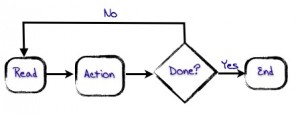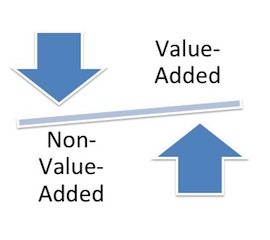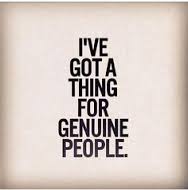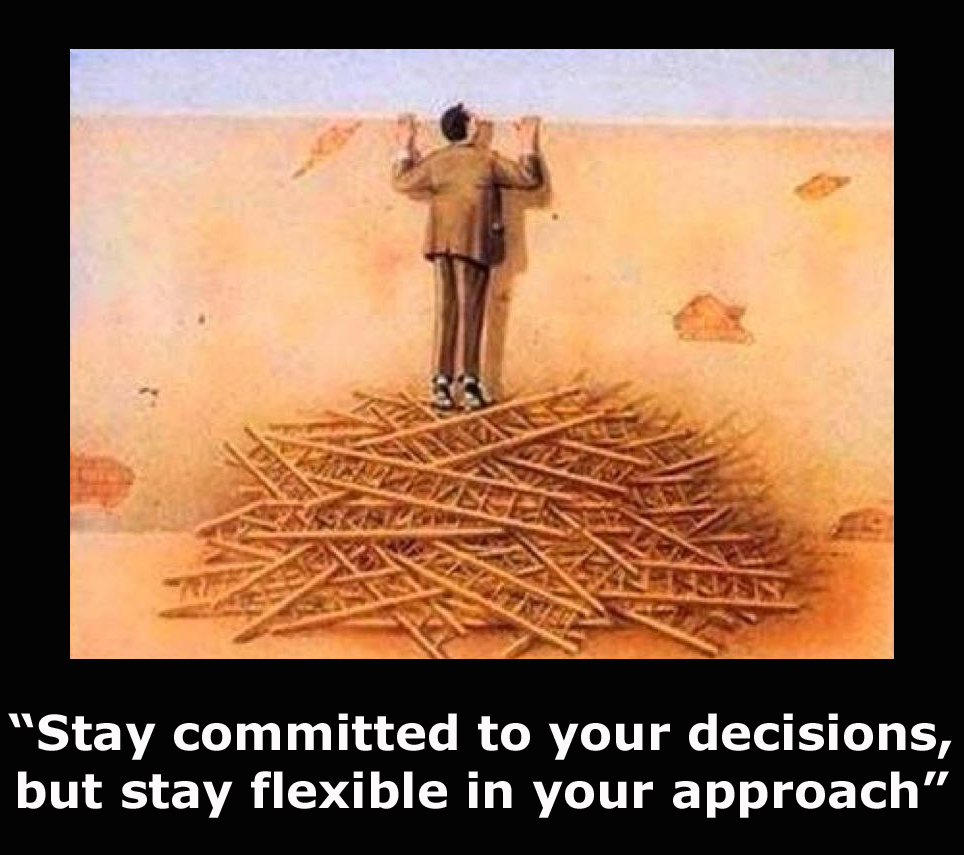Our regular readers will know by now that Nicole and I are upbeat, positive people and we get excited about a lot of things. So, when I tell you that we are SUPER EXCITED about our upcoming course in November, please trust that it is not hyperbole.
Why are we so over-the-top and ridiculously excited?
Well, because we believe this course is innovative, and innovation is a good, positive, wonderful thing.
You’ve heard us talk about The Whiteboard Way© before (click here or here). We believe that our method of Process Improvement is what organizations need in order to take the first step into a Process Improvement culture. Often organizations hear about the buzz words – continuous improvement, process improvement, Six Sigma, Lean Six Sigma, TQM, etc – and they go bananas implementing a new program.
And so many of them fail. I’ve seen it happen in three major organizations in both the private and the public sectors.
They fail because they haven’t set themselves up to succeed – they have not considered the importance of change management, culture shift, and stakeholder engagement. It’s as bad as if someone all of a sudden decided they want to be a farmer, and so they bought a big field and started sticking seeds in the ground, without tilling the soil, removing rocks, adding fertilizer, and ensuring the earth is rich and ready to receive the seeds.
Enough of the analogy. You get what I’m saying, and hopefully many of you are nodding your heads and saying, “yup – been there, done that.”
Our new course, Leading Process Change, offered Nov 5 & 6 in Toronto, examines the intersection of Process Improvement and Leadership Principles and enables the learner to influence change and develop a process-based culture. Everyone can benefit from this course, especially if they are responsible for, or thinking about, process improvement in their organization. (Click to Tweet)
You need to come to this course. Yes, you.
What? You don’t think you’re at the right level in your organization to attend? To that I say,  respectfully, PFFT.
respectfully, PFFT.
Whether you are an employee on a team in an organization who wishes you knew how to influence change so people would listen to your ideas, or a VP trying to figure out why you can’t make process improvements stick, (or somewhere in between), this course is for you.
We have designed the course in two modules, so that people can come to one or both.
- Module 1 – is all about The Whiteboard Way©, and focuses on the basics of Process Improvement without getting all fancy shmancy and needing expensive software or textbooks.
- Module 2 – examines essential skills in making sure that change sticks. We have expert speakers on how to communicate & promote your change initiative, how to work process improvement into your strategic planning, and how to be aware of your own emotional intelligence and its impacts on others.
More information is here in this link. I encourage you to read it, and then sign up and bring anyone else who needs to be there (which is everyone, so…). We have discounts for Earlybirds (before October 18th), former students, members of BNI or Verity, and employees of the OPS. And discounts can be combined!
I hope to see you at our course. I promise it will be fun – our past students have rated our training consistently in the top box! (Oh, and the lunch will be fantastic!)
Ruth.
PS – if you have any questions, just shoot us an email at info@whiteboardconsulting.ca/staging.

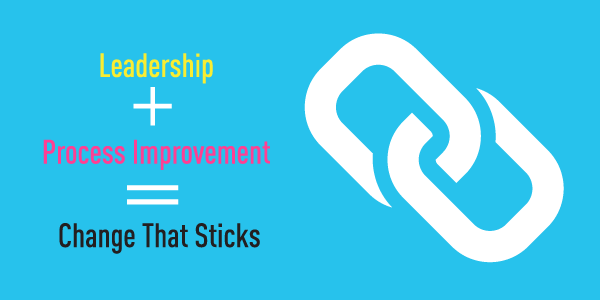


 Use this information to tell a SHORT brief story about how something in step 1, happened to you. Don’t go on-and-on. And despite your brain DYING to tell this person how your business, idea, product will be perfect for them, take some time to go to step 3.
Use this information to tell a SHORT brief story about how something in step 1, happened to you. Don’t go on-and-on. And despite your brain DYING to tell this person how your business, idea, product will be perfect for them, take some time to go to step 3.


